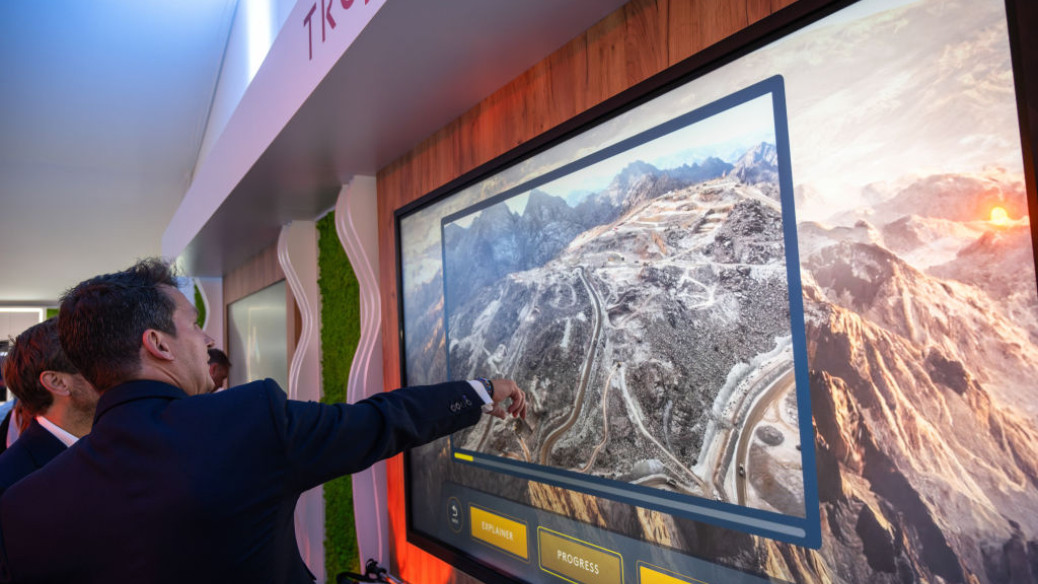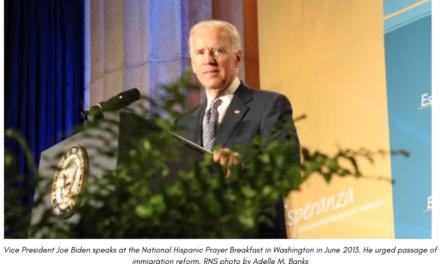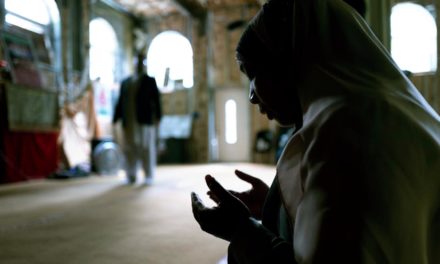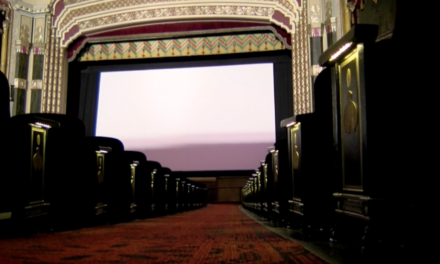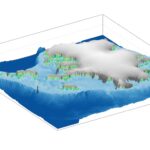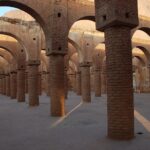The expert said the effects could include changes to rain patterns, amplification of wind and storms in the desert area, which have “not been studied enough” [GETTY]
Saudi Arabia’s ambitious NEOM megacity project could significantly alter local weather patterns and intensify wind and sandstorms, according to the project’s lead climate science advisor.
Donald Wuebbles, a professor of atmospheric physics and chemistry and a paid advisor to the project, told the Financial Times that he had raised concerns about the environmental impact of NEOM’s developments, particularly The Line, a 170-kilometre-long, 500-metre-high linear city comprising two parallel skyscrapers.
Wuebbles said the sheer scale and shape of NEOM’s structures, combined with elevated temperatures, could disrupt air currents and cloud formations. These changes, he warned, might affect rainfall patterns and amplify desert winds and storms – areas that “have not been studied enough”.
The report noted that research had shown urban design and heat can influence atmospheric systems. However, while NEOM reportedly commissioned studies in response to Wuebbles’ concerns, the academic said he had not yet seen their findings.
Concerns over emissions
He also expressed worries about emissions linked to construction, including the heavy use of cement and the project’s slow shift away from combustion engine-powered vehicles and machinery.
Since the sudden departure of NEOM’s former CEO Nadhmi al-Nasr, Wuebbles said the environmental concerns have been elevated to a “higher priority”.
A second member of NEOM’s sustainability advisory committee has also confirmed similar concerns and noted that the entire operation had been delayed by six to 12 months.
The future of the advisory committee itself is now under review as part of a broader reassessment of NEOM’s development plans, the expert added.
Part of Saudi Arabia’s controversial Vision 2030, NEOM is a $500 billion megaproject located in the kingdom’s northwestern Tabuk province, intended to be a technologically advanced, environmentally sustainable urban hub powered entirely by renewable energy.
In addition to The Line, the development includes a futuristic floating city called Oxagon, a mountain resort with a ski village, luxury hotels, a cultural and entertainment hub, a nature reserve, a sports and outdoor activities zone, and a “subterranean digitised community” built into a mountain.
However, the project has been marred by controversy. Saudi authorities have been accused of forcibly displacing members of the Howeitat tribe, indigenous to the area, to clear land for NEOM. Dozens have reportedly been detained for refusing to leave their homes.
The New Arab staff
